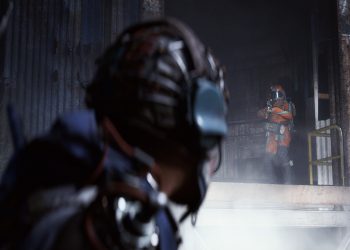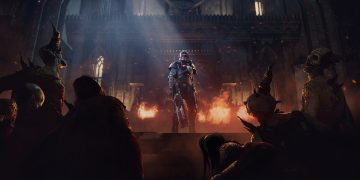Arc Raiders did not arrive fully formed. Embark Studios says the version shown to players today grew out of a long period of trial and error, tooling, and outright scrapping of earlier PvE plans.
Patrick Soderlund frames the studio’s approach bluntly in a new developer documentary. “We spent the majority of our first year just building tools,” he says. “I also knew that we weren’t going to get things right. We were going to make a ton of mistakes along the way and we had to plan for those mistakes, and kind of get ourselves in a cushion to be able to make those mistakes.”
The quote that keeps getting repeated cuts to the point. “Guess what? If you’re trying to send people to Mars, you will crash a bunch of rockets. We crashed a bunch of rockets.” That line is the shorthand for a development culture that expected failure and treated it as part of finding what actually worked.
Early ideas did not survive contact with the playable game. Technical designer Nora Silow remembers creating a “four-legged little pouncing” dog that ran around the map. It is “long gone” now along with a number of other concepts. Senior technical artist Paul Greveson puts it another way. “Sometimes ideas written down on paper” do not hold up once they exist in the game and in motion. “It sounded really cool when we were talking about it, but actually, now, I’m just running around looking up all the time.”
Executive producer Aleksander Grondal breaks down what the studio actually does when a feature does not work. “Finding the fun isn’t always a thing that you cannot just automatically say, ‘We’ll just do this and it will be fun’,” he says. You put the thing in, it does not work, and then you rework and iterate on it until the interactions line up the way you want them to. That process of chopping and rebuilding helped turn what started as broader PvE experiments into the focused extraction shooter that found a big audience this year. For one quick check on the game’s uptake, see how many people play ARC Raiders, which looks at player counts and early reception.
For a direct look at the footage and interviews the studio shared, the documentary is available to watch below:
Comments are open and readers can follow the staff on X, Bluesky, and YouTube for more coverage and conversation.
ARC Raiders
Developed by Embark Studios



























